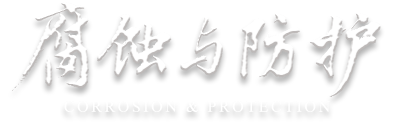Abstract:
The corrosion mechanisms and products of copper-based artifacts in museum collections induced by formic acid and acetic acid are reviewed. It encompasses corrosion of the copper substrate, corrosion with chloride-products, and corrosion of copper-based artifacts containing alkaline Na and K compounds. Organic acids exhibit significantly different corrosion mechanisms and products depending on the presence of alkaline Na and K compounds. In the absence of Na and K compounds, the products include Cu(HCOO)
2, Cu(OH)(HCOO), Cu(OH)
2, Cu(CH
3COO)
2·2H
2O, and Cu
4(OH)(CH
3COO)
7·2H
2O; whereas in the presence of alkaline Na compounds, the main products are Cu
4Na
4O(HCOO)
8(H
2O)
4(OH)
2, Cu
2(OH)
3(HCOO), and NaCu(CO
3)(CH
3COO). Numerous cases of copper-based artifacts corrosion by organic acids have been discovered globally in recent years, primarily yielding the latter products, which underscores the role of alkaline Na and K compounds and organic acids in corrosion. Sources of Na and K compounds include their introduction during casting, use, burial, and conservation-restoration processes of artifacts, as well as other materials in composite artifacts (such as glass or enamel), and the organic acids mainly originate from the volatilization or degradation of materials like wood, boards, paint, and adhesives in the storage and exhibition environment.

 下载:
下载: